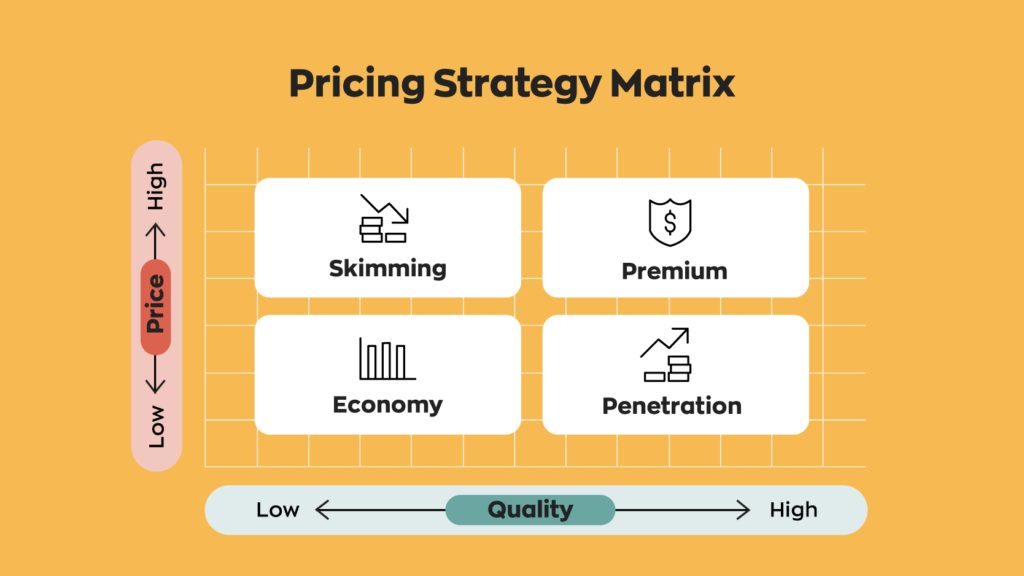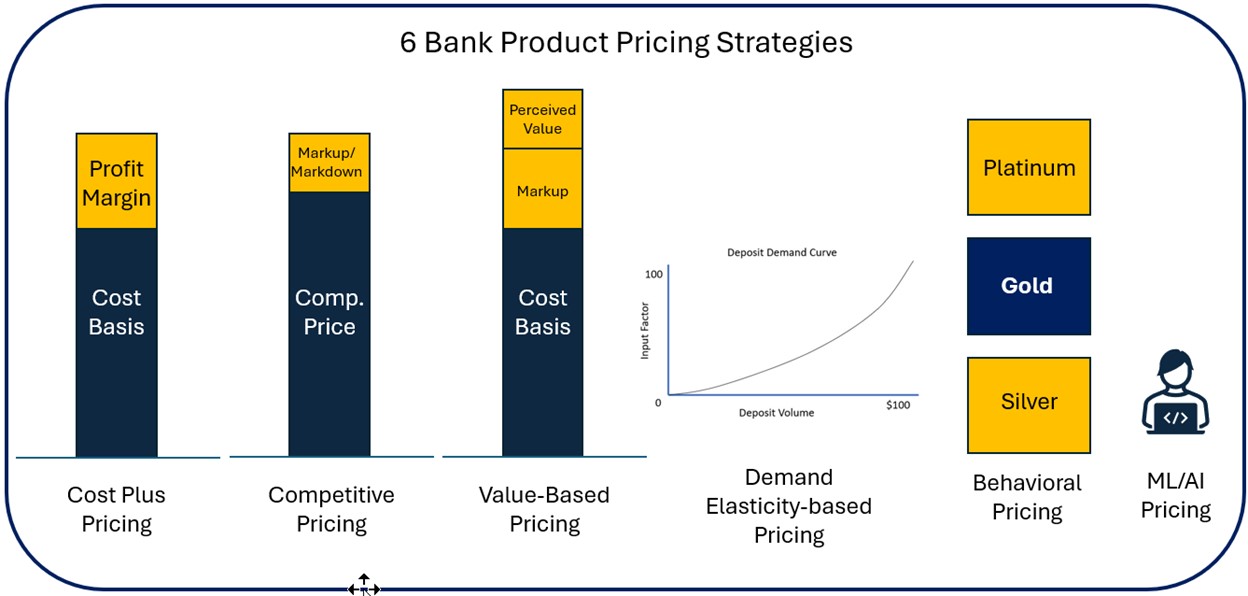Just how to Adjust Your Pricing Strategy for Different Market Segments
Just how to Adjust Your Pricing Strategy for Different Market Segments
Blog Article
Optimize Profits With Proven Pricing Strategy Methods
Methods such as value-based rates, dynamic prices, and extensive market evaluation can significantly enhance a firm's economic efficiency. Comprehending customer assumption and leveraging data analytics for active prices changes are crucial parts of this method.
Recognizing Consumer Assumption
Understanding customer understanding is vital for developing efficient prices techniques. It influences how customers review an item's worth, high quality, and overall appearance. Businesses need to recognize that customers frequently base their readiness to pay not entirely on the item's inherent features but additionally on mental variables, including brand name online reputation, social status, and viewed scarcity.

In addition, firms must think about the function of rates psychology, such as appeal prices or rate anchoring, which can significantly influence client actions. Comprehending these assumptions allows companies to mount their rates methods in a manner that straightens with consumer assumptions while maximizing productivity.
Integrating consumer assumption into prices approaches not only help in setting affordable prices however also fosters brand commitment, as consumers really feel recognized and valued. Eventually, a nuanced understanding of customer perception can cause lasting income development and enhanced market positioning.
Studying Market Trends
To develop a reliable rates technique, evaluating market patterns is crucial for businesses seeking to remain competitive. Comprehending the characteristics of market variations makes it possible for business to make enlightened choices relating to pricing modifications, item launches, and source allocation - Pricing Strategy. By monitoring consumer habits, financial indications, and market advancements, businesses can identify patterns that educate their prices structures
Secret components to consider when evaluating market fads consist of need elasticity, seasonal variations, and arising innovations. Need flexibility assists services assess just how rate changes may affect consumer acquiring decisions. Seasonal fads can provide insights into ideal prices during peak and off-peak periods, enabling calculated discounting or marketing pricing. In addition, watching on technological innovations can help identify potential threats or possibilities that might influence rates methods.
Making use of data analytics tools can improve the precision of trend analysis, giving useful insights that assist in agile decision-making. Business need to additionally think about conducting normal marketing research to verify assumptions and adapt to developing consumer preferences. By leveraging these understandings, companies can not only optimize their rates approaches yet additionally reinforce their total market placement, making sure long-lasting profitability and development.
Competitive Pricing Techniques
An affordable pricing approach is essential for businesses intending to acquire an edge in a crowded industry. By analyzing competitors' rates structures and market positioning, companies can purposefully set their costs to draw in clients while preserving productivity. This approach needs a comprehensive understanding of both the affordable landscape and client understandings of value.
One effective method is price matching, where an organization supplies to match or beat a competitor's cost. This technique can improve client loyalty and urge sales, particularly in price-sensitive markets. Additionally, infiltration prices can be used these details to capture market share by at first setting costs lower than rivals, tempting clients to try the product and fostering brand name understanding.
Additionally, businesses can execute mental pricing methods, such as rates things just listed below a round number (e.g., $9.99 as opposed to $10 - Pricing Strategy.00) This can develop the understanding of a better offer, affecting customer behavior
Eventually, a successful affordable prices method balances the need to remain eye-catching to consumers while making certain that the prices version aligns with the firm's total objectives. Regularly readjusting and evaluating pricing in feedback to market shifts and rival actions is essential for continual success.
Value-Based Pricing Strategies
Value-based pricing methods concentrate on establishing prices mostly based upon the viewed worth of an item or solution to the client, instead of only on production prices or competitor prices. This technique needs a deep understanding of consumer needs, preferences, and the distinct benefits that the service or product deals. By recognizing the certain worth vehicle drivers that reverberate with customers, services can develop pricing methods that show the true worth of their offerings.
To carry out value-based prices properly, companies must participate in extensive marketing research, including consumer studies and focus groups, to gather insights into consumer understandings. Additionally, companies must sector their client base to tailor pricing strategies that straighten with various value assumptions throughout sectors.
Communication plays an essential role in value-based pricing; business have to verbalize the distinct worth suggestion clearly to justify the price point. Recurring evaluation and change are crucial, as consumer perceptions of value might shift over time due to market characteristics or competitive activities. By focusing on worth in pricing approaches, companies can enhance client satisfaction, improve commitment, and ultimately maximize revenue.
Dynamic Prices Versions

Dynamic prices leverages sophisticated formulas and information analytics to keep track of competitor pricing, consumer habits, and supply levels. By dynamically adjusting costs, organizations can enhance profits, take full advantage of profit margins, and respond swiftly to modifications in the industry. Airlines usually utilize this version have a peek at these guys to adjust ticket costs based on elements like remaining seats, time till separation, and competitor rates.
Nevertheless, the implementation of vibrant prices should be approached with care. Transparent interaction with customers is necessary to keep trust fund and prevent assumptions of unreasonable prices practices. Furthermore, businesses need to guarantee that their rates algorithms are not extremely complex or nontransparent, as this can lead to customer frustration.
Eventually, when performed attentively, dynamic rates models can offer businesses with a substantial affordable advantage, permitting them to take advantage of market opportunities while providing to consumer assumptions in a swiftly altering financial landscape.
Conclusion

Techniques such as value-based rates, dynamic pricing, and thorough market analysis can substantially enhance a company's financial performance. Seasonal patterns can supply insights into optimal prices throughout optimal and off-peak periods, permitting for tactical discounting or promotional prices.Dynamic rates leverages sophisticated formulas and information analytics to monitor competitor pricing, customer habits, and inventory levels. By comprehending consumer understanding, analyzing market patterns, and using competitive prices methods, services can properly align their prices with customer assumptions. In addition, value-based prices and vibrant pricing versions make it possible for organizations to respond agilely to market fluctuations.
Report this page